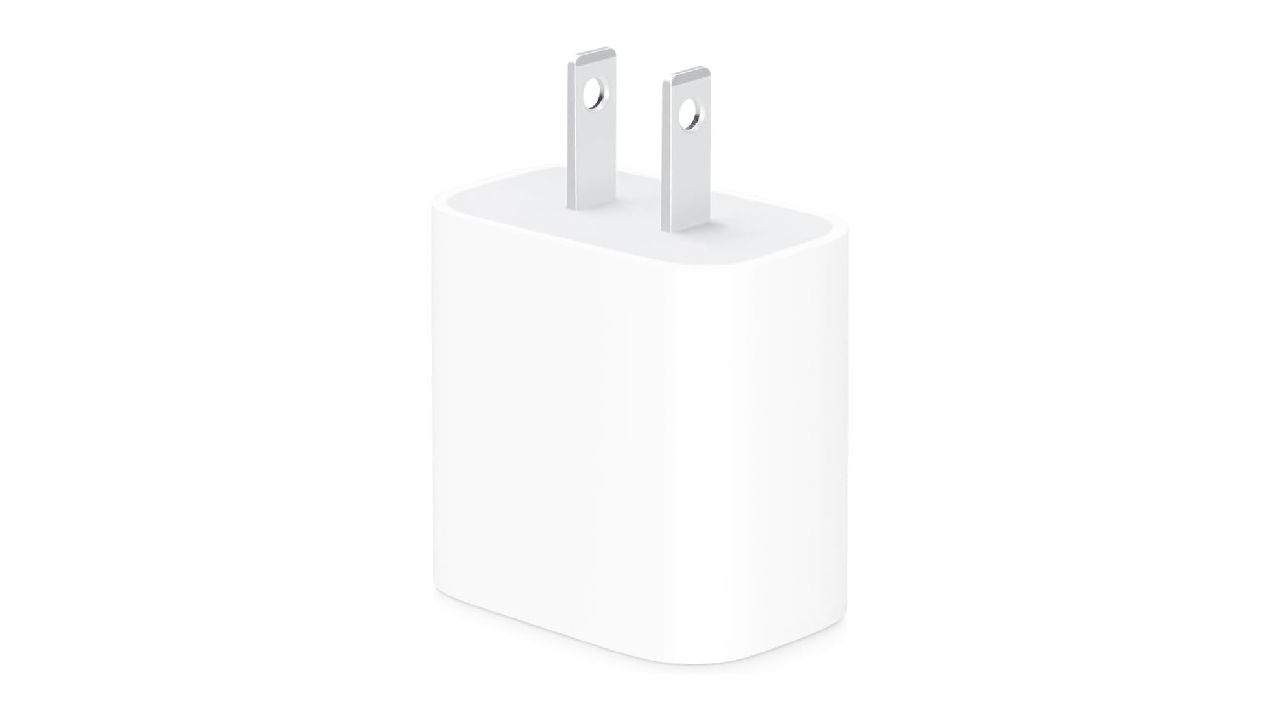We all think that eating healthy will cost more but truth is different…
You can save money and still have quality. If you’ve been using cost as an excuse to eating junk, you can kiss that excuse goodbye! With a little organization and creativity, you can have the proverbial champagne when cooking on a beer budget.
There’s no magic formula to cooking on a budget. Like anything else worthwhile in life, it takes a little planning, creativity, and work. But if you think of the rewards—better health and more money—you’ll find it’s worth the effort. To start, here’s a quick review of basic tips of healthy eating. Here are some tips to do this:
1. Advance planning your meal
Make sure you plan a head for making your grocery list, and shopping—tasks that are most often shortchanged in food prep. Think about the time of day, day of week, and even week in the month that you shop. Generally, the grocery is the least busy early in the morning, in the middle of the week, and on any day but the first day or two of the month.
2. Buy no name/brand stuff
Look high and low (literally) to find the less expensive generic or store brands on grocery shelves, often very similar to higher-priced brand names though packaged under different labels. Stores deliberately place the highest-priced brand-name items at eye level, but if you compare the cost per unit, you’ll be able to figure out the most cost-effective purchase. You can even try your own taste tests— blind, of course— to see where you can save money without sacrificing flavor.
3. Buying Less Salty and sugary stuff
Limit salty and sugary foods
4. Fatty Food
Avoid eating and buying many foods that are high in saturated fats.
5. Variety eating
Make “variety” the watchword of your eating
6. No Junk food
Limit your buying junk food and alcohol. This way you will save lot of money saving and have no junk in house.
7. Check web for good deals
Don’t be afraid to surf the internet for recipes that use specific ingredients (plug the ingredient in as a keyword of your search), since you can often get good buys on breads, meats, and other items marked for quick sale before they go bad.
8. Eat more Beans and lentils
Both are good for nutritious, hearty soups, and can be a main course with the addition of fresh vegetables or rice.
9. Brown Rice
Brown Rice is a great addition to leftover meat and veggies. Although brown rice is slightly more expensive than white, the nutritional payoff is well worth it.
10. Eat more Millet
This is very easy to mix grain and is best when bought fresh. Simply rinse and toast before using it in recipes.
11. Make Healthy Pasta
This is quick and easy to prepare, and can be paired with veggies, meat, or a fresh salad. You can use whole-wheat pasta whenever available.
12 Try some Healthy Soups
Soups can’t be beat for nutrition and convenience, especially since you can use canned or packet soups as your base, then add your own veggies and leftover meat.
13 Fresh vegetables and fruit
They should be bought at least once or twice each week, preferably in season, to ensure optimal taste and nutrition. You can also rely on canned/frozen varieties as handy additions to last-minute meals. Veggies make great stir-fries and vegetable patties, while fruit is good for a quick nutritious snack.
14. Meat and fish
They can be kept on hand also for last-minute meals— try the newer tuna and salmon pouches, and shop for inexpensive cuts of meat that work well in stews and casseroles.
15. Condiments
They add flavor and interest to your dishes. Keep a selection of dried herbs, spices, curry powder, marinades, vinegars, tomato and soy sauces, along with stock cubes, in your cupboard.
16. Big meal saving
When cooking a big meal, make extra to freeze, or use later in the week for lunches or quick suppers. Double recipes, then freeze half.
17. Vegetable trimmings
Save them to make your own vegetable stock. Not only do you save money, but vegetable stock also makes a nutritious base for casseroles, soups, and cooking.
18. Bulk buying
Buying in bulk is almost always cheaper; you can freeze perishable items (such as meat, milk, and even bread) in smaller portions to use as needed. It’s always a good idea to buy non-perishable items in bulk (canned foods, dried beans and grains, etc.).
19. Sales items
Always check the flier for sale stuff.
20. Meats cuts
Use less expensive cuts of meat for casseroles that you slow cook; add extra vegetables and beans to make the meal go further.
21. one-pot dishes
Capitalize on one-pot dishes, which generally save prep time, money, and dishwashing, and often make great leftovers.
22. Buy no name stuff all the time
Look high and low (literally) to find the less expensive generic or store brands on grocery shelves, often very similar to higher-priced brand names though packaged under different labels. Stores deliberately place the highest-priced brand-name items at eye level, but if you compare the cost per unit, you’ll be able to figure out the most cost-effective purchase. You can even try your own taste tests— blind, of course— to see where you can save money without sacrificing flavor.
23. Water
Drink lots of water (at least 8 cups a day).
24. Specials
Take advantage of specials on common food such as broth, soups, pasta, rice, canned veggies, even bread and meat. Many of these items have a long shelf life or can be frozen for short periods of time.
25. Dinning out
Limit your dining out, especially when it comes to fast food, since you’ll find yourself spending unnecessarily on items that are high in fat, salt, and calories, which short-change you in the nutrition department.
